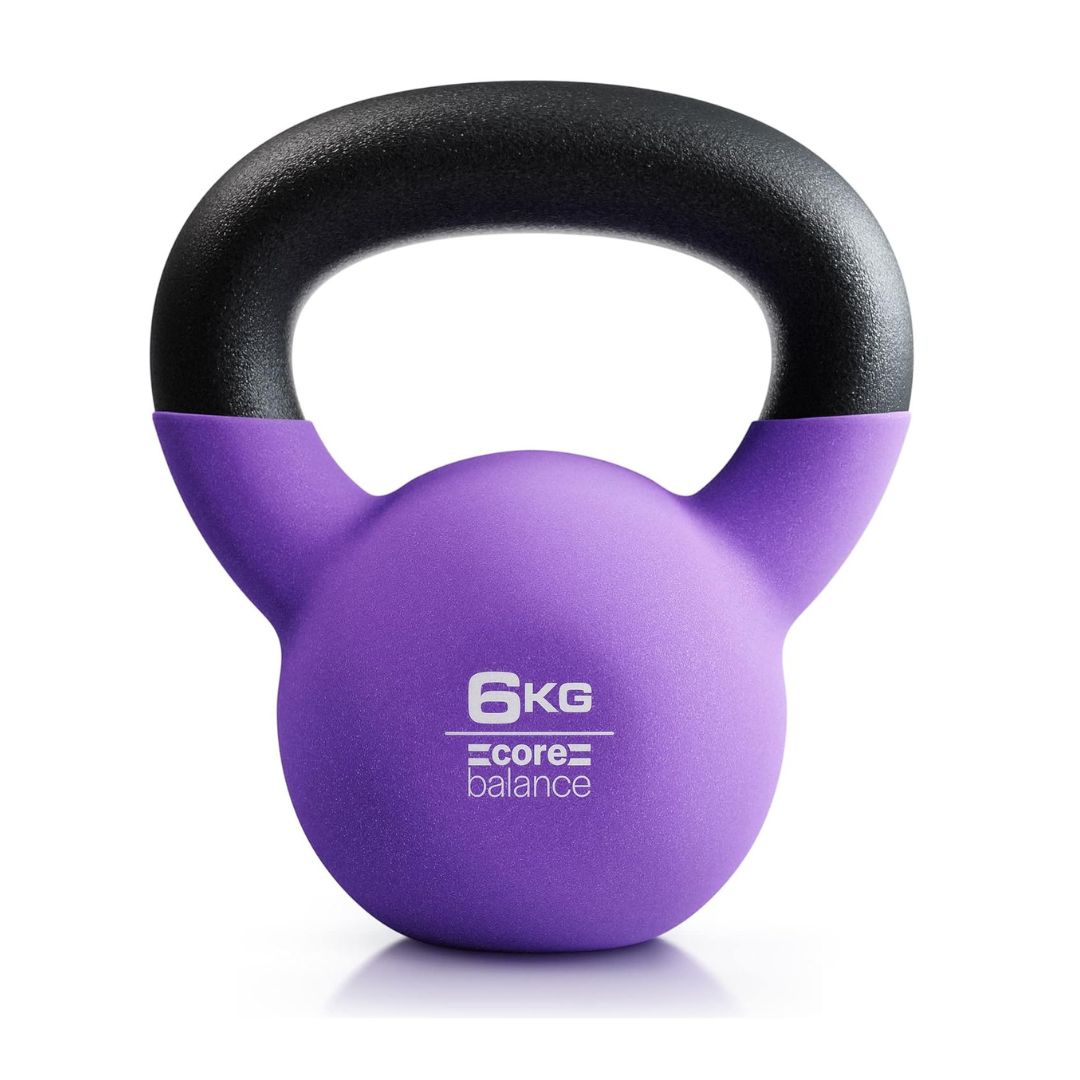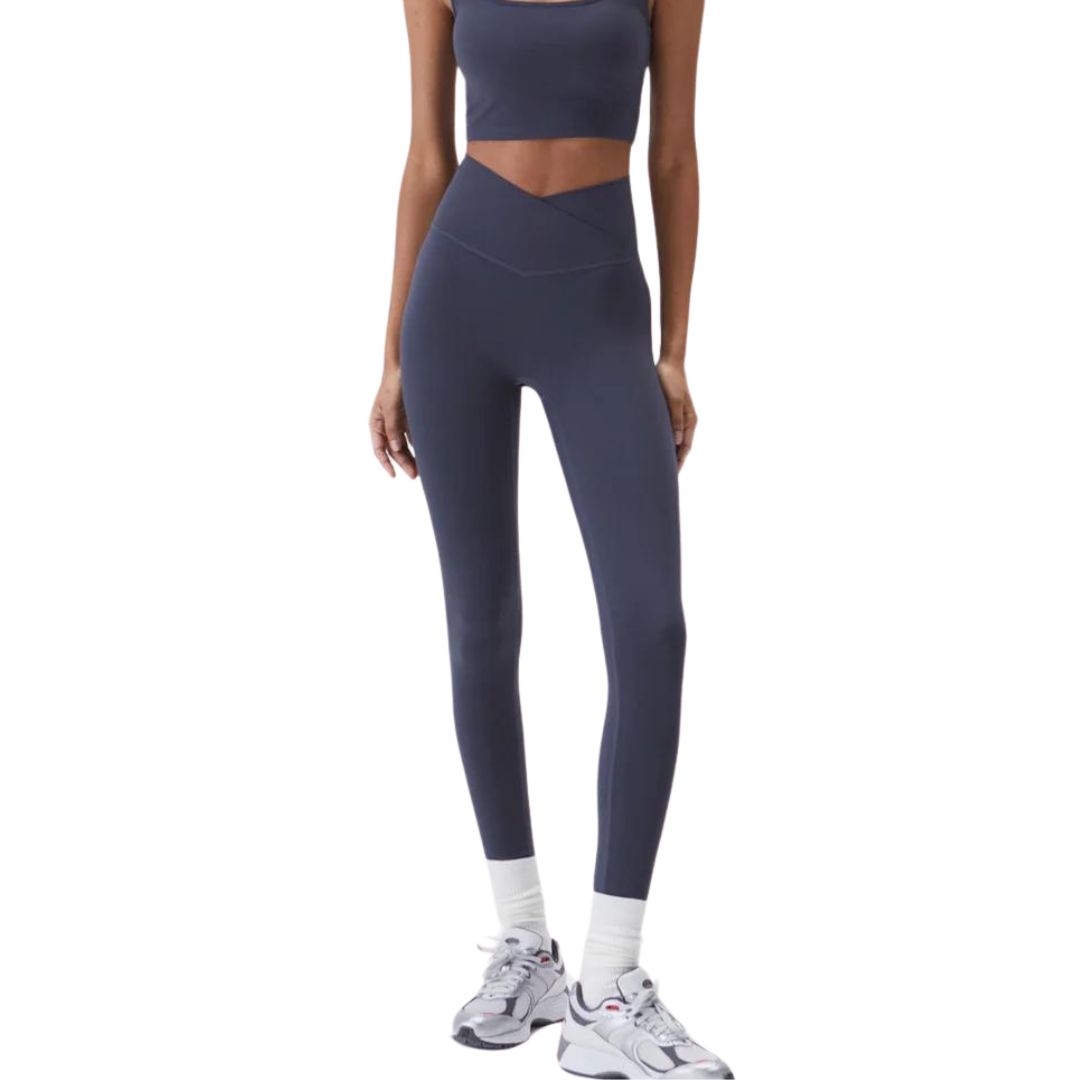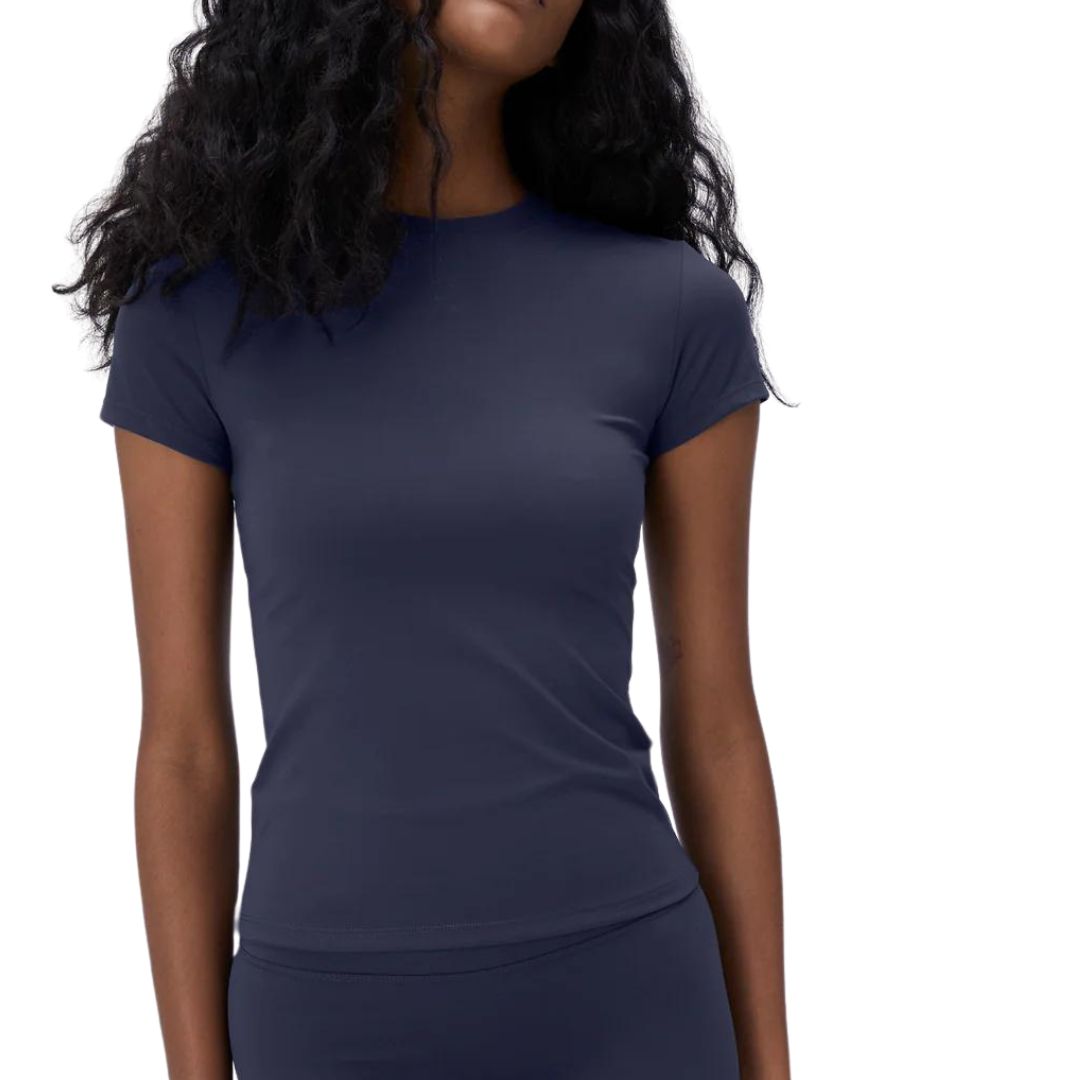I tried goblet squats every day for 7 days and wow - my core strength and balance has never been better
Prepare for your lower body to be humbled.

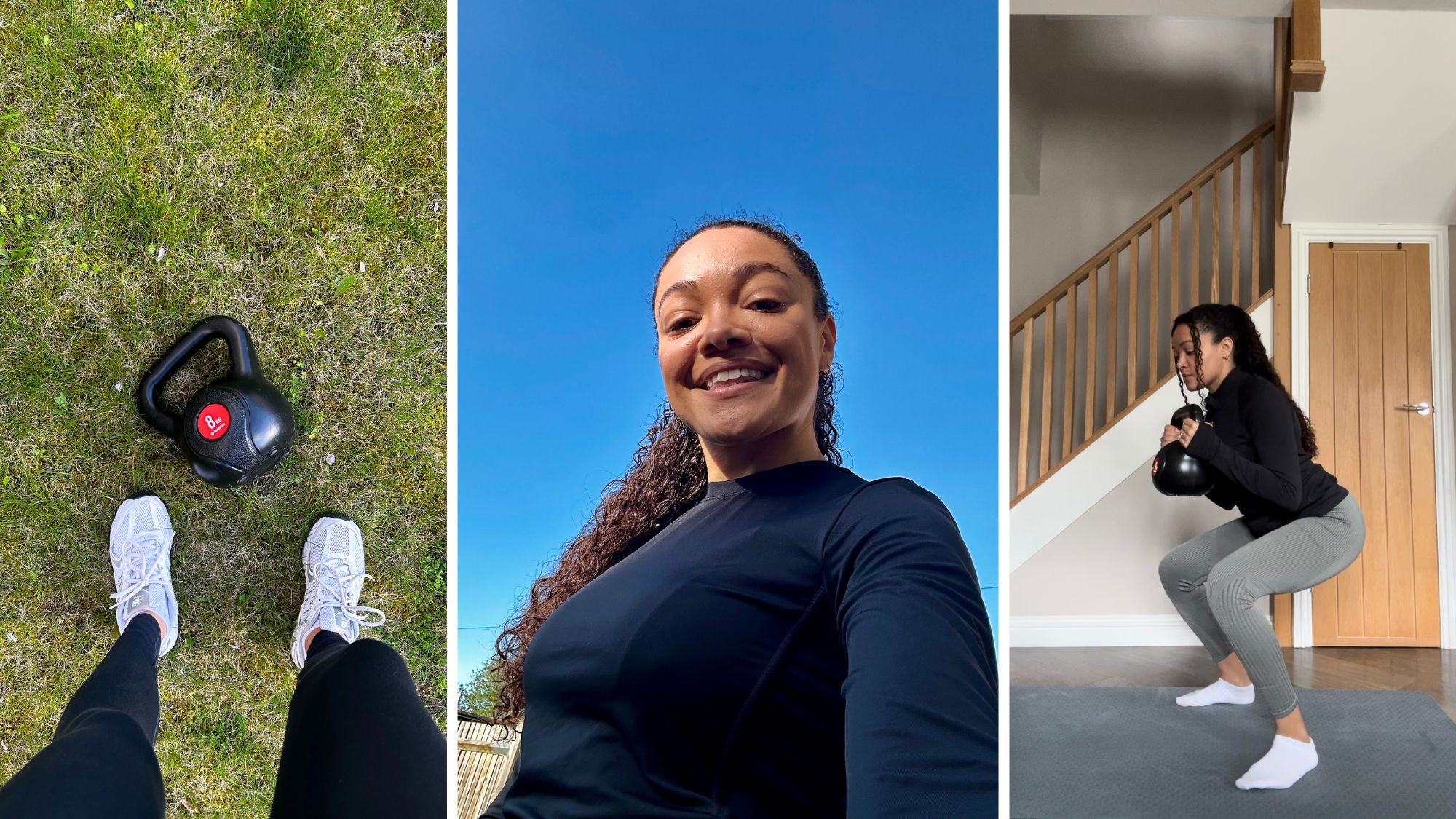
As much as I love exercise, there’s nothing quite like a fresh new fitness challenge to help inject some motivation into a tried and tested workout regime. It’s the main reason why I made it my mission to complete goblet squats every day for 7 days.
Now, I’m no stranger to trying out lower body exercises. From bodyweight squats, dumbbell squats or Bulgarian split squats. But goblet squats are one squat variation I’ve never thought to incorporate when strength training at home.
We’re told time and time again about how good regular strength training can be for the mind and body. And I found this out firsthand after strength training every day for 7 days. So could goblet squats be another great compound exercise to add to my weight training workouts? Spoiler alert: after completing the challenge for a week, it would seem so.
As I soon discovered, these multi-muscle, multi-joint movements can help you advance from a bodyweight squat to a weighted version, increase core strength, grip strength and better your depth and range of motion. Goblet squats can also deliver the many benefits the humble squat is known for, like improving your quad strength and increasing bone mineral density.
With that in mind, I decided to complete 30 goblet squats every day for seven days to see what benefits would play out. To find out what is a goblet squat, how to do one and how I got on, keep scrolling.
Do check out what happened when Marie Claire UK’s Senior Health Editor tried strength training every other day or what went down when one writer tried planking every day for a week. While you’re here, you might also be interested in the benefits of good morning exercises and what happens when you complete push ups every day.
I tried goblet squats every day for 7 days and have some thoughts
What is a goblet squat?
“A goblet squat is a squat variation that involves holding a free weight, such as a dumbbell or a kettlebell, in front of the chest tucked directly under the chin,” Sarah Ryan, PT at fitness app Ladder explains. “The amount of weight you should be doing will depend on your ability and the level of mastery you have with your form,” Ryan adds.
Celebrity news, beauty, fashion advice, and fascinating features, delivered straight to your inbox!
Therefore, if you’re new to this exercise, it’s a good idea to master the basics of a good bodyweight squat before you load up on weight.
How do you do a goblet squat?
It goes without saying, but having the correct form during any exercise is crucial. It can help prevent injury, increase performance and maximise your gains.
So, to perform a goblet squat properly, personal trainer Mari-Carmen Sanchez-Morris, founder of fitness app, FIT MAMA, advises:
- Holding the weight (either a dumbbell or kettlebell) vertically in front of your chest with both hands close to the body.
- The elbows should be pointing downwards, and your palms should be facing up. This is the starting position and resembles holding a goblet, hence the name. Stand with your feet slightly apart and toes pointed slightly outward. Keep the chest up, shoulders back and core engaged.
- Start the movement by bending the hips and knees as if you are sitting back in a chair. Keep the chest up and the weight through the heels. Lower your body down, trying to get your thighs parallel to the ground, or as low as your flexibility allows. Avoid letting the knees push inwards.
- Pause briefly at the bottom of the squat, then exhale and push through the heels, whilst engaging the glutes and return to the starting position.
What's the difference between a goblet squat and a traditional squat?
Wouldn't we all like to know! According to Sanchez-Morris says, the biggest difference lies in how the weight is held and distributed during the exercise which, she says, affects both the mechanics and muscle engagement.
“In a [weighted] squat the weight is typically loaded on the upper back using a barbell, or at the sides of the body using dumbbells,” the PT explains. “The weight is supported by the back muscles and the spine.”
However, with a goblet squat, the weight is held in front of the chest with both hands. “This front-loads the position, engaging the muscles in the upper back and core to stabilise the weight,” she says.
But there’s one more difference — and that’s the body position. “In a [weighted] squat, the torso tends to lean slightly forward as the weight is loaded on the back,” the expert explains. “The knees track over the toes and the hips hinge back and down. In the goblet squat, the torso remains more upright due to the front-loaded weight.”
Talk to me about the benefits of doing goblet squats?
It’s fair to say that mastering a squat is a staple of any solid weight training regime. So much so, the humble compound exercise is known as one of the ‘big five’ when it comes to strength training.
Squats, in their own right, can bring about many benefits. From building stronger quads, glutes and hamstrings to conditioning your core. But when it comes to goblet squats, the long list of positives don’t stop there!
One 2022 research paper published in the Orthopedics and Sports Medicine Journal found that goblet squats can be a ‘therapeutic exercise for individuals during the rehabilitation process’, thanks to this full-body move’s ability to strengthen the hips, knees, ankles, and core muscles, along with surrounding musculature.
Plus, according to PT Ryan, a goblet squat can help you transition from bodyweight squats to barbell squats. “Many lifters tend to view goblet squats as a beginner exercise and head straight for a barbell back/front squat,” Ryan explains. “Ironically, a lot of lifters try to do barbell squats too prematurely and their form/depth is sacrificed. They would benefit far more from strengthening their goblet squat and then transitioning to a barbell squat, as a heavy goblet squat will directly help strengthen your barbell squats.”
According to Ryan, some other benefits of mastering this movement include:
- Increased core strength
- Increased upper body and grip strength
- Increased depth and range of motion
Is it OK to do goblet squats every day?
It’s true: we should all be moving more and sitting less. However, completing goblet squats every day might not be right for every body and everybody.
According to the NHS Physical Activity Guidelines, adults should complete strengthening activities that work all the major muscle groups (legs, hips, back, abdomen, chest, shoulders and arms) on at least two days a week — and a goblet squat workout would fall into this category. But as the NHS points out, this should be on at least two days a week — not seven!
Rest days are very important. As the research dictates, overtraining can come with a whole host of issues, spanning illnesses to injury. So it’s important to listen to your body and consult with experts before going from zero to 100.
After hearing from Sanchez-Morris, she advised that it would be safe for beginners to complete 10-12 reps for 3-4 sets, using no weight to ensure the right posture and technique is adopted and to avoid risk of injury. Then, as you become more experienced, weight can be added.
She says: “I would master the move with a dumbbell first, start with a lighter weight and increase,” she said. “As a general rule of thumb, I recommend my clients select a weight which feels challenging, where at the end of the set you are only able to complete 1-2 more reps. If you get to the end of the set and are able to do 3-4 more reps then the weight is too light (providing the right technique is maintained throughout the sets).”
I tried goblet squats every day — here’s how I got on
Days one to three
After getting the go-ahead, I decided to complete three sets of 10 reps each day using just my bodyweight on days one and two to really hone my technique and master the movement.
For the first couple of sets, I tried hard to concentrate on pointing my toes slightly outward while keeping my chest up, shoulders back and core locked tight, while pausing slightly at the bottom before coming back up. I repeated this action on day two to really understand the movement and engage the right muscles. After my three sets are done, my heart rate is elevated slightly and I’m feeling good.
When day three rolled around, I decided to up the ante by using a 5kg dumbbell, pressing it close to my chest after remembering the words of wisdom Sanchez-Morris said ahead of the challenge: “Avoid lifting too heavy to compromise the technique; it’s much better to lift lighter and master the form first!”. Got it!
While my technique remained the same, I sure could notice the difference a few kilograms made on my legs and lower body. Three sets down and my body feels warm. But there's a niggling feeling at the back of my mind telling me I could go for a few more reps.
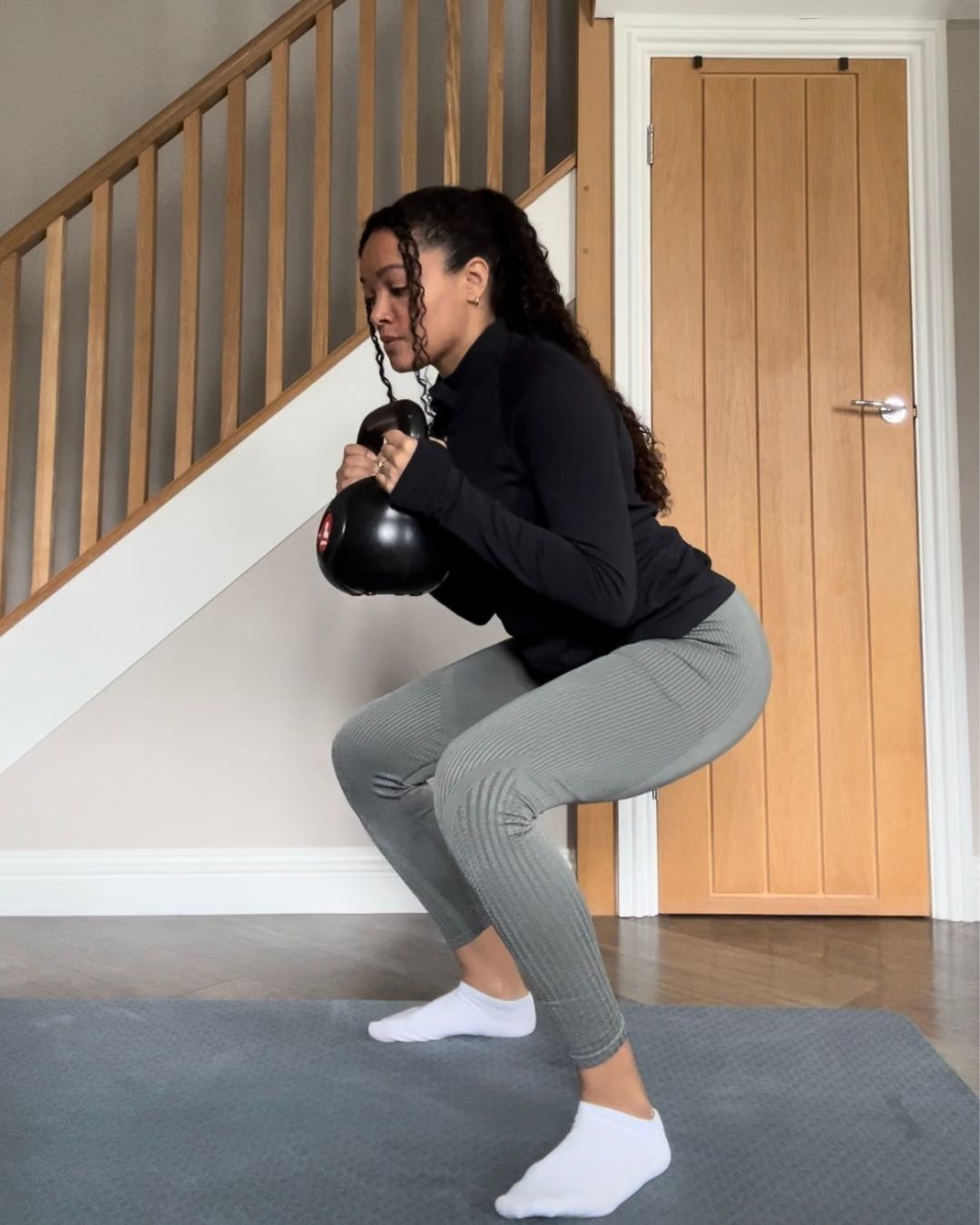
Rebecca during her goblet squat challenge
Days four to seven
Was it a coincidence or my goblet squat challenge? But by day four, my core felt more balanced and my legs felt ready to go. Armed with this fact, I decided to swap my dumbbells for my trusty 8kg kettlebell. Once the first set was down, my core was all fired up, as were my quads and glutes.
Whether I liked it or not, during the second half of this challenge kettlebell goblet squats really forced me to engage my core to help stabilise the movement and keep my balance. The reason for this? “Holding a weight at the front of the body, against the chest, requires significant core engagement to maintain stability and balance,” Sanchez-Morris says.
Along with feeling it more in my quads and core, holding the heavier weight upright at my chest also meant it was a real arm burner and test for my grip strength.
So during days five and six and seven, when my lower and upper body, core and grip strength was telling me no, but my mind was telling me yes, I found it handy to keep my eyes focused on one spot to help maintain the correct form, better my balance and carefully power through my sets.
The conclusion
I’ve learned loads about my body from this challenge. But the main takeaway is that my lower body muscles aren’t as strong as I thought they were. Typically speaking, I tend to weight train at a gym three times a week, completing dumbbell squats and barbell squats on my lower body training days. But switching things up for a goblet squat has well and truly humbled my core and bottom half.
Overall, it got me thinking that squat variations, like goblet squats, should not be overlooked. And that it's always a good idea to shake up a stale workout routine. If I’m completely honest, I thought a goblet squat would be easier than performing the more well-known and perhaps more well-loved barbell squats. But as Ryan tells me: “The goblet squat is much more useful than people think. If you think you are too good for goblets, try doing some goblet squats with a 100lb dumbbell and then tell me if you still think they are ‘easy’!”.”
Shop MC UK's go-to workout kit now:
What are goblet squats good for?
A whole host of things. Along with challenging your body to a different squat variation, personal trainer, Mari-Carmen Sanchez-Morris, founder of fitness app, FIT MAMA, says: “Not only are goblet squats great for strengthening the lower body muscles, specifically the quads, glutes and hamstrings, but they are also great for targeting the core muscles.”

Rebecca, or Becks, is a freelance journalist with more than ten years of experience in the industry. She specialises in all things health and lifestyle and has written for a number of brands including Women's Health, Stylist, the Evening Standard, Good Housekeeping, The Telegraph, Live Science, Tom's Guide and Fit&Well. Becks also writes copy for a number of brands and small businesses.
When she's not weight training, tracking down the best gym leggings, reading a book or at her desk typing away, you'll find her in the kitchen perfecting a new recipe or bake.
